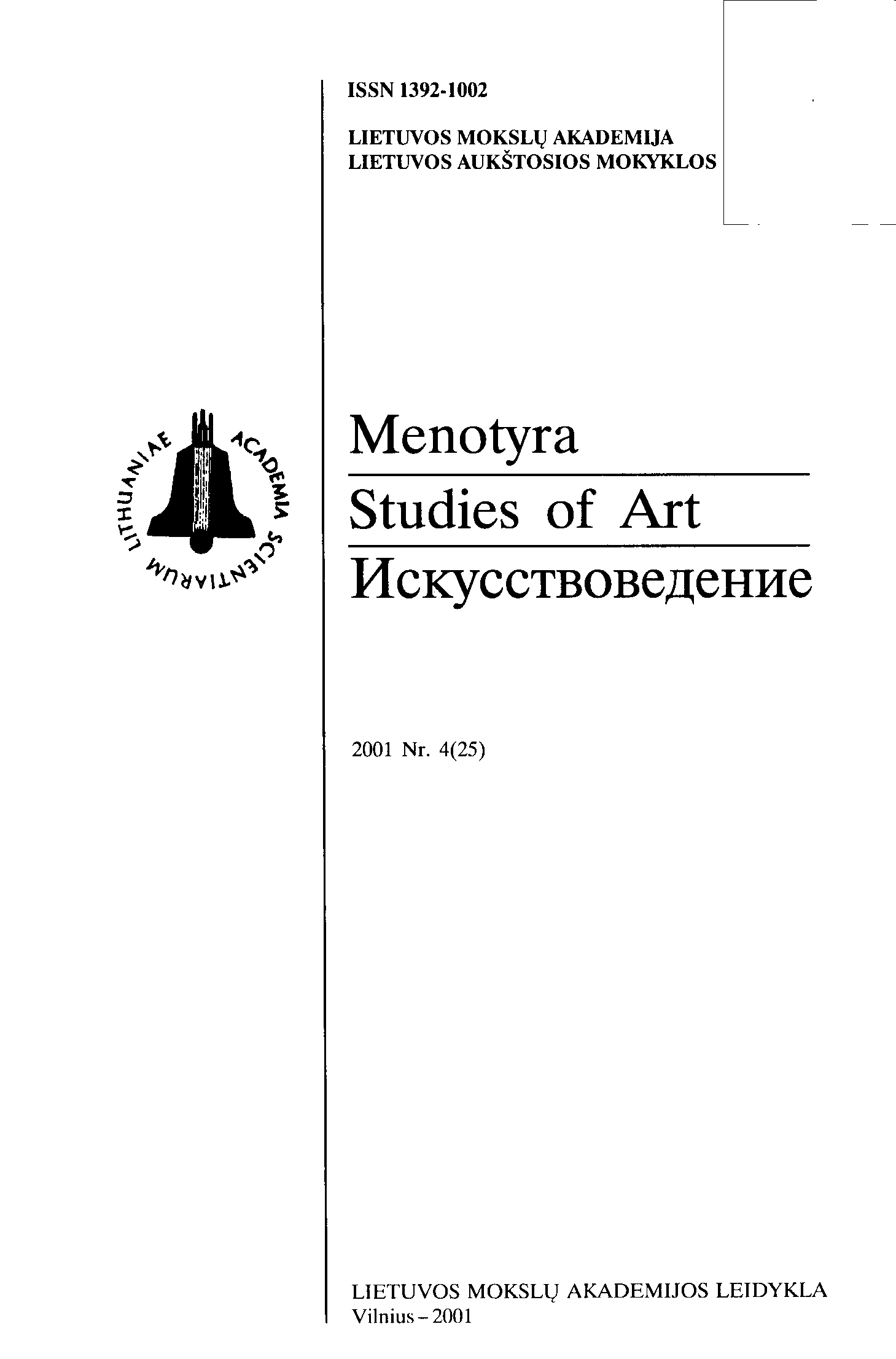Viešumos strategijos: muziejus, aikštė, gatvė
Public strategies: museum, square, street
Author(s): Laima KreivytėSubject(s): Museology & Heritage Studies, Visual Arts
Published by: Lietuvos mokslų akademijos leidykla
Summary/Abstract: The article analyzes the strategies of public art in a museum, square and street, taking into consideration structural changes in a city space and ideological perception of the museum.Traditionally museum art is separated from the art projects realized in squares and streets. The museum, tracing its origin to archaeology and natural sciences, is a depository of memory projected for eternity. Contemporary museums, however, critically thinking over their functions, more and more seldom are satisfied with the role of a closed bulwark of tradition - they not only open the doors to various opposite, sometimes "anti-museum" art practices, but also go to public places themselves and organize contemporary art projects. The most telling example is the event "Panorama 2000" organized by the Utrecht Central Art Museum, where 50 artists from different countries created works in the city. The result was fantastic - the city turned into a huge museum. The political metamorphoses gave rise to hetemtopia (Foucault) - sculpture parks of the former monuments to the soviet and fascist ideology. It is such parks that best of all reflect the museum's function not as a guardian of history but that of its active creator. Our history is as we believe to have had it, our conviction is based on museum and archive material, which is also selected by professionals and respectively presented. This context serves as the basis for the comparison of the Lithuanian Grūtas' Park and the Hungarian Szoborpark: one follows how the principles of their design reflect and together form the nation's (imaginary) mentality.
Journal: Menotyra
- Issue Year: 2001
- Issue No: 4(25)
- Page Range: 70-74
- Page Count: 5
- Language: Lithuanian

